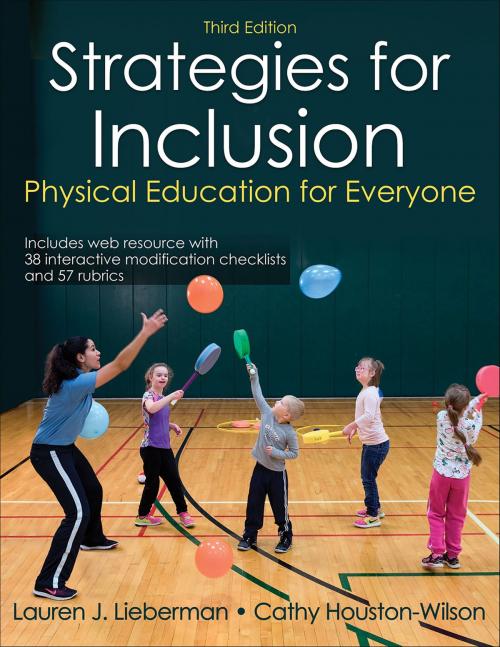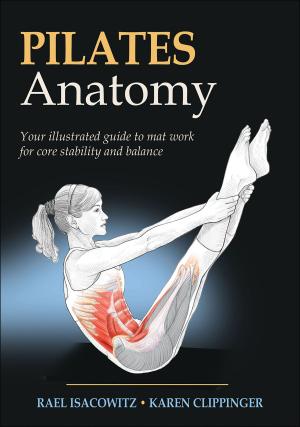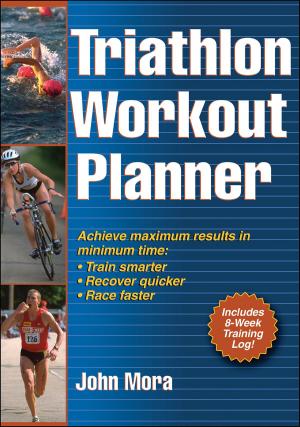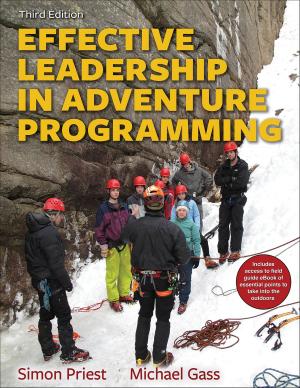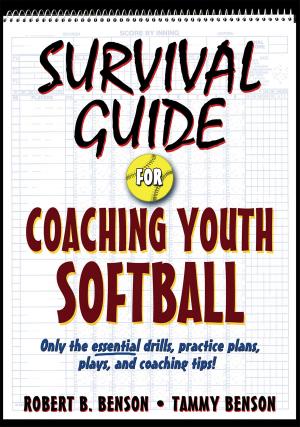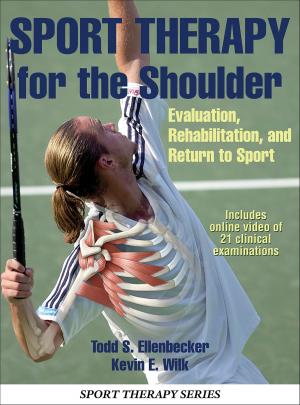Strategies for Inclusion
Physical Education for Everyone
Nonfiction, Reference & Language, Education & Teaching, Special Education, Physically Handicapped| Author: | Lauren J. Lieberman, Cathy Houston-Wilson | ISBN: | 9781492585855 |
| Publisher: | Human Kinetics, Inc. | Publication: | August 30, 2017 |
| Imprint: | Human Kinetics, Inc. | Language: | English |
| Author: | Lauren J. Lieberman, Cathy Houston-Wilson |
| ISBN: | 9781492585855 |
| Publisher: | Human Kinetics, Inc. |
| Publication: | August 30, 2017 |
| Imprint: | Human Kinetics, Inc. |
| Language: | English |
Transitioning students with disabilities into inclusive physical education environments is an important and sometimes challenging task. But Strategies for Inclusion, Third Edition, makes that transition much smoother and better for all parties involved.
Lots of New Resources and Material
The latest edition of this popular text will empower you with the information and tools necessary to successfully include students with disabilities in your program. Strategies for Inclusion reflects the latest research and legislation, so you can be sure that your program is not only successful but also compliant with the goals and requirements of the Individuals with Disabilities Education Improvement Act.
The text has retained and updated its instruction on assessing students, making placement decisions, developing and implementing individualized education plans (IEPs), and more. And it offers this completely new material:
• A new chapter on the referral, eligibility, and placement process, covering the nine steps required by law
• A new chapter on transition planning and how you can help students integrate into their communities after leaving school
• A new section on Paralympic sports and how they can be infused into your curriculum
• New material on functional behavioral assessments, behavior intervention plans, leadership opportunities, training techniques for peer tutors and paraeducators, and more
• A new inclusion rating scale that will help you rate how inclusive your classes are and show you areas for improvement
• A new web resource with numerous useful tools
• More than double the number of teaching units (38 units, up from 17), giving you more options for inclusion
The new web resource offers fillable digital versions of all the modification checklists and rubrics in the book. You can save materials in order to build an IEP for each student. You can also access the materials on a mobile device to use them in the classroom or gym. In addition, the web resource has an interactive inclusion rating scale that allows you (or an administrator) to assess how you are doing at including all students in class activities. This handy tool calculates your total rating as you fill in the form. Finally, the web resource directs you to high-quality adaptation information available elsewhere online.
Book Organization and Content
The text is split into two parts. Part I provides foundational information and a roadmap for how to successfully include children with disabilities in traditional PE settings. Topics in this part include legislative issues, roles and responsibilities of the teacher, effective assessment techniques, the eight-step placement process, and the teacher’s role in the IEP process. Part I also explores how to manage student behavior, make adaptations to promote universal design for learning, work with support personnel, and plan for transition.
Part II offers 38 teachable units—a sizable leap from the previous edition’s 17—complete with assessment tools for curriculum planning. Here you will learn specific strategies for inclusion as you use a step-by-step implementation guide for 14 elementary units, 11 sport units, 8 recreation units, and 5 fitness units—all with potential modifications. Adaptations are categorized by environment, equipment, instruction, and rules.
Each unit’s assessment rubric has quantitative and qualitative measures of skill level. And you’ll find ideas in each unit on how to incorporate IEP objectives that may not be part of the general PE class objectives.
A Complete Resource for Inclusion
Strategies for Inclusion offers you the most up-to-date and useful strategies to include children with disabilities in your physical education activities. Its practical applications and easy-to-implement planning and assessment strategies make this a complete resource that you can use to empower all students with the knowledge that they can enjoy the full range of benefits that physical activity offers.
Transitioning students with disabilities into inclusive physical education environments is an important and sometimes challenging task. But Strategies for Inclusion, Third Edition, makes that transition much smoother and better for all parties involved.
Lots of New Resources and Material
The latest edition of this popular text will empower you with the information and tools necessary to successfully include students with disabilities in your program. Strategies for Inclusion reflects the latest research and legislation, so you can be sure that your program is not only successful but also compliant with the goals and requirements of the Individuals with Disabilities Education Improvement Act.
The text has retained and updated its instruction on assessing students, making placement decisions, developing and implementing individualized education plans (IEPs), and more. And it offers this completely new material:
• A new chapter on the referral, eligibility, and placement process, covering the nine steps required by law
• A new chapter on transition planning and how you can help students integrate into their communities after leaving school
• A new section on Paralympic sports and how they can be infused into your curriculum
• New material on functional behavioral assessments, behavior intervention plans, leadership opportunities, training techniques for peer tutors and paraeducators, and more
• A new inclusion rating scale that will help you rate how inclusive your classes are and show you areas for improvement
• A new web resource with numerous useful tools
• More than double the number of teaching units (38 units, up from 17), giving you more options for inclusion
The new web resource offers fillable digital versions of all the modification checklists and rubrics in the book. You can save materials in order to build an IEP for each student. You can also access the materials on a mobile device to use them in the classroom or gym. In addition, the web resource has an interactive inclusion rating scale that allows you (or an administrator) to assess how you are doing at including all students in class activities. This handy tool calculates your total rating as you fill in the form. Finally, the web resource directs you to high-quality adaptation information available elsewhere online.
Book Organization and Content
The text is split into two parts. Part I provides foundational information and a roadmap for how to successfully include children with disabilities in traditional PE settings. Topics in this part include legislative issues, roles and responsibilities of the teacher, effective assessment techniques, the eight-step placement process, and the teacher’s role in the IEP process. Part I also explores how to manage student behavior, make adaptations to promote universal design for learning, work with support personnel, and plan for transition.
Part II offers 38 teachable units—a sizable leap from the previous edition’s 17—complete with assessment tools for curriculum planning. Here you will learn specific strategies for inclusion as you use a step-by-step implementation guide for 14 elementary units, 11 sport units, 8 recreation units, and 5 fitness units—all with potential modifications. Adaptations are categorized by environment, equipment, instruction, and rules.
Each unit’s assessment rubric has quantitative and qualitative measures of skill level. And you’ll find ideas in each unit on how to incorporate IEP objectives that may not be part of the general PE class objectives.
A Complete Resource for Inclusion
Strategies for Inclusion offers you the most up-to-date and useful strategies to include children with disabilities in your physical education activities. Its practical applications and easy-to-implement planning and assessment strategies make this a complete resource that you can use to empower all students with the knowledge that they can enjoy the full range of benefits that physical activity offers.
